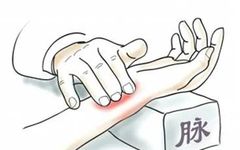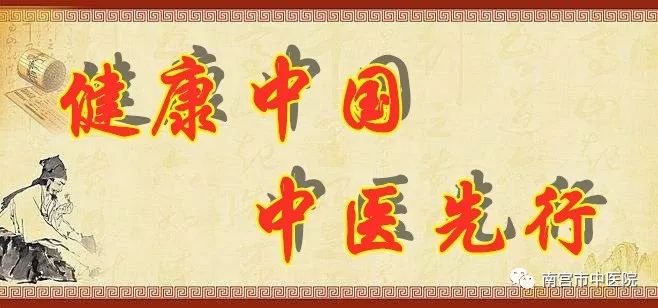
In ancient dramas,
whenever there is a scene of seeing a doctor,
the first thing the doctor does upon entering is almost always
↓ ↓ ↓
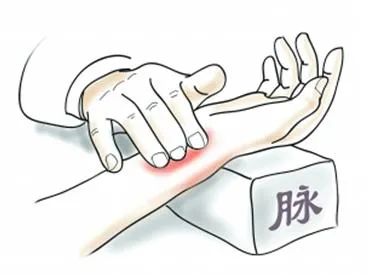
That’s right, it’s pulse diagnosis!
Infected with wind-cold? First, check the pulse.
Poisoned? First, check the pulse.
Wondering if there is joy? First, check the pulse.
Dizzy and lightheaded? First, check the pulse.
……
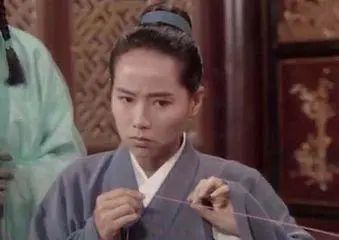
△ Scene of Xu Xian diagnosing pulse in the TV series “The Legend of the White Snake”
This is indeed somewhat perplexing.
Is it true that TCM diagnosis relies solely on pulse diagnosis?
Not at all.
TCM emphasizes the “Four Diagnostic Methods” (Si Zhen He Can), and pulse diagnosis is just one of them. Relying solely on pulse diagnosis in TCM clinical practice is far from sufficient. The dramas (except for TCM educational programs) are merely for daily entertainment and should not be taken too seriously.
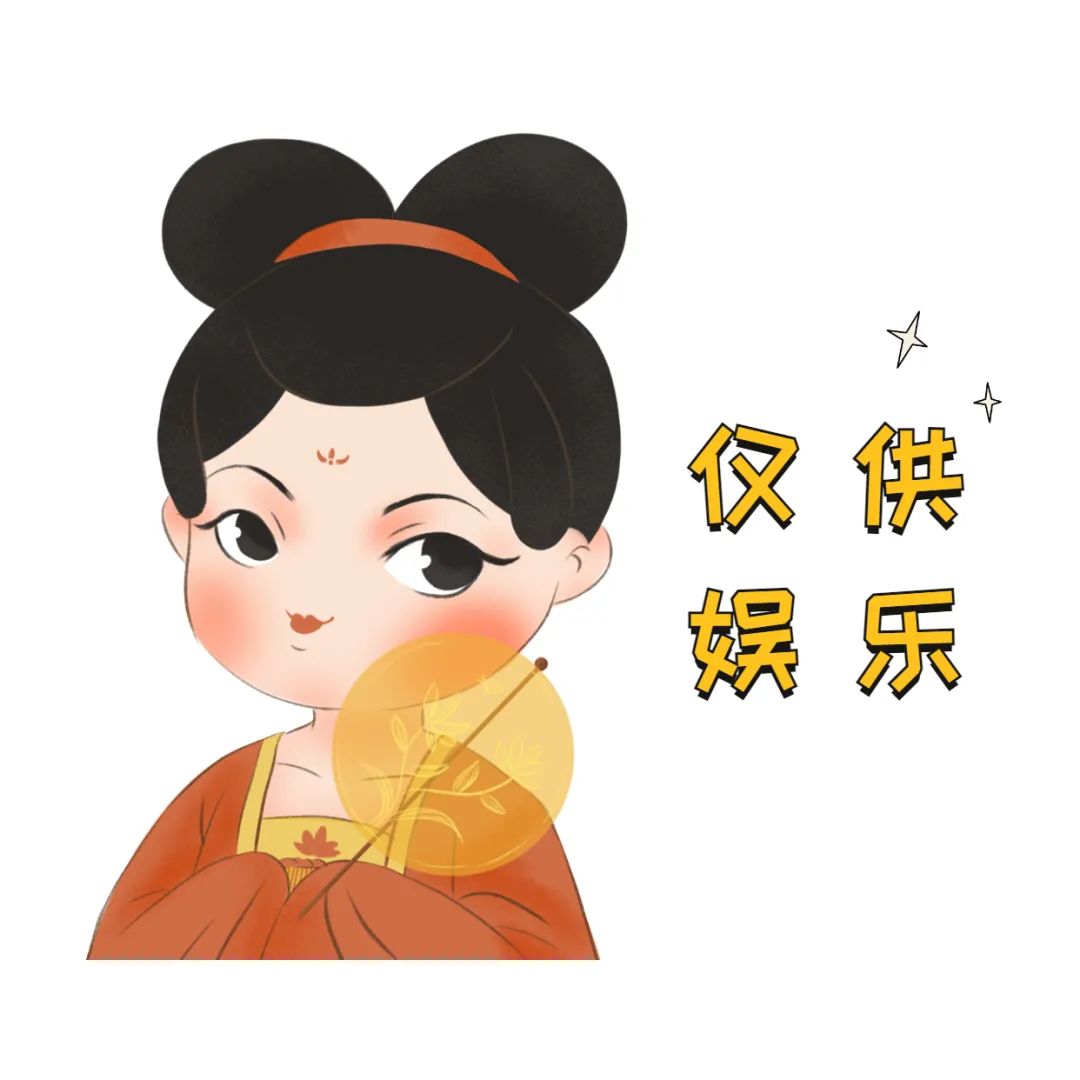

So the question arises,
what exactly are the Four Diagnostic Methods of TCM?
Let’s get to know them together.
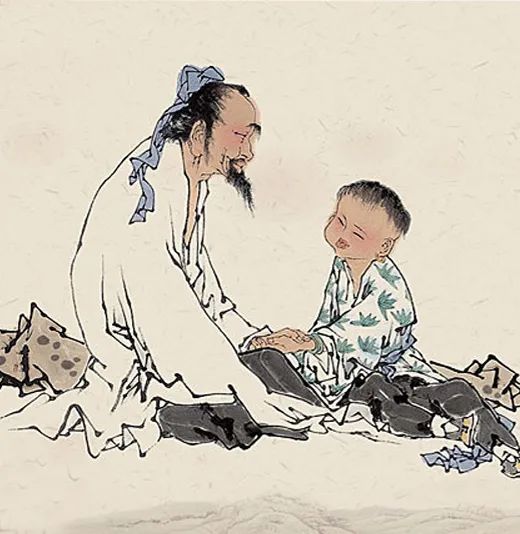
The so-called Four Diagnostic Methods of TCM refer to observation (望, Wang), listening (闻, Wen), inquiry (问, Wen), and palpation (切, Qie). These were proposed by the ancient Chinese physician Bian Que based on the experiences of his predecessors. At that time, Bian Que referred to them as “observing color, listening to sound, writing shadows, and feeling the pulse.” The earliest existing theoretical work on TCM, the Huangdi Neijing (黄帝内经), states: “What is the diagnostic method… feel the pulse for movement and stillness, observe the five colors, examine the five organs for excess and deficiency, the six fu organs for strength and weakness, and assess the condition to determine life and death.” This shows that diagnostic methods are a comprehensive approach to examining the human body to determine health and disease status.
The Four Diagnostic Methods of TCM have been used to this day and are an important basis for diagnosing diseases and differentiating syndromes in TCM.
Observation (望诊, Wang Zhen)
Looking at complexion | Observing tongue coating

Observation, as the name suggests, involves using the eyes to look, including observing the patient’s physique, mental state, complexion, tongue, and excretions, to understand the condition through observation.
Long-term practice in TCM has proven that there is a close relationship between the external appearance of the body and the internal organs. Particularly, the face and tongue are significant, so by observing the external, one can understand the overall pathological changes, as stated in the Huangdi Neijing: “By observing the external, one can know the internal, thus knowing the disease.”
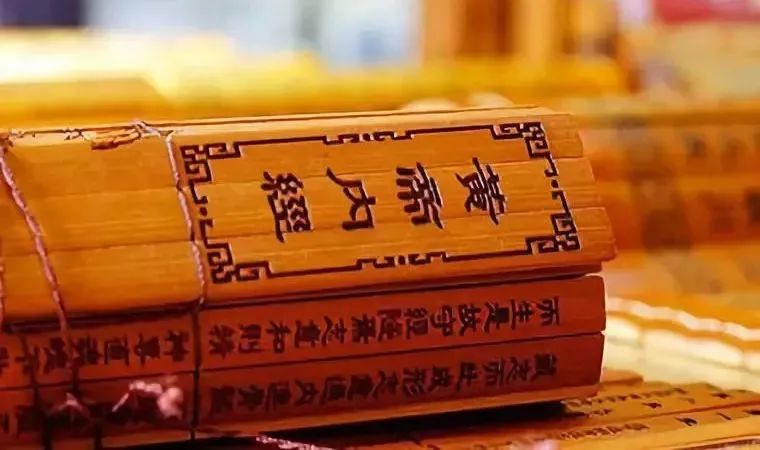
For example, in terms of observing color, according to the TCM principle of “Five Colors Diagnosis,” blue indicates liver disease, red indicates heart disease, yellow indicates spleen disease, white indicates lung disease, and black indicates kidney disease. If a patient’s complexion shows any of these five colors, it may indicate an issue with the corresponding organ. When a patient enters the consultation room, if the TCM doctor sees a yellow, sallow complexion, they may suspect that the patient has spleen deficiency and insufficient qi and blood.
Similarly, for tongue observation, under normal conditions, the tongue should be light red. If the tongue coating is yellow and thick, with peeling, it indicates that the patient has excess damp-heat and also insufficient stomach yin.
Listening (闻诊, Wen Zhen)
Listening to sounds | Smelling odors
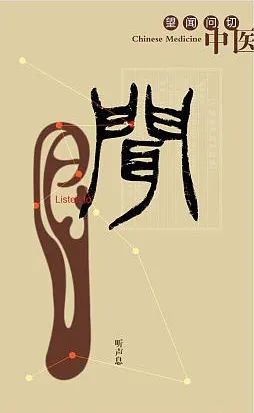
Listening includes hearing sounds and smelling odors, using these two methods to understand health status and diagnose diseases. Various sounds and odors from the human body are produced during the physiological activities and pathological changes of the internal organs, reflecting their physiological and pathological changes.
Listening to sounds refers to examining the patient’s voice, speech, breathing, coughing, vomiting, sneezing, bowel sounds, and other noises, mainly distinguishing between cold and heat, deficiency and excess based on the volume, pitch, and clarity of the sounds. For example, a loud voice indicates that the righteous qi is not deficient, belonging to an excess or heat condition; a heavy and muffled voice indicates an external invasion of wind-cold and unexpressed lung qi; a low and short voice with little energy indicates deficiency of the middle qi.
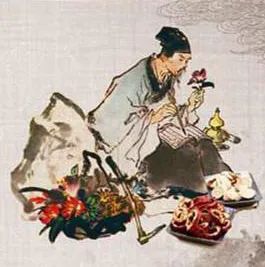
Smelling odors refers to detecting various odors emitted from the patient’s body, as well as from secretions, excretions, and the environment. The odors of the diseased body are mainly due to pathogenic toxins affecting the internal organs, qi, blood, and body fluids, producing foul qi. Therefore, different odors can help distinguish the cold and heat, deficiency and excess of the internal organs. For example, if one enters a hospital room and smells a rotten apple-like odor, it is often seen in severe diabetes.
Thus, various sounds and odors from the human body reflect the physiological and pathological changes of the internal organs.
Inquiry (问诊, Wen Zhen)
Asking about lifestyle | Asking about symptoms
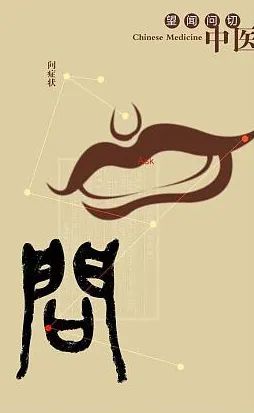
Regarding inquiry, there are many relevant records in the Huangdi Neijing, such as: “Anyone wishing to diagnose a disease must ask about diet and living conditions.” “One must inquire about the onset of the disease and the current symptoms, and then check the pulse accordingly.” This lays the foundation for inquiry in TCM.
Because TCM emphasizes syndrome differentiation and treatment, even the same disease may have different treatment methods for different constitutions. Especially for many aspects of the disease, such as medical history and family history, only through inquiry can this information be obtained. Understanding these situations provides reliable evidence for the doctor to analyze the condition, determine the location of the disease, grasp the nature of the disease, and thus provide appropriate treatment based on syndrome differentiation. Therefore, inquiry holds a very important position in the process of diagnosing diseases.

The Ming dynasty physician Zhang Jingyue summarized the main content of inquiry into “Ten Questions” and composed a song for it: “First ask about cold and heat, second ask about sweating, third ask about head and body, fourth ask about bowel movements, fifth ask about diet, sixth ask about chest and abdomen, seventh ask about hearing, eighth ask about thirst, all should be differentiated; ninth ask about old diseases, tenth ask about causes, and also consider medication changes.” This is one of the essential songs every TCM practitioner must know.
Palpation (切诊, Qie Zhen)
Feeling the pulse | Pressing the chest and abdomen
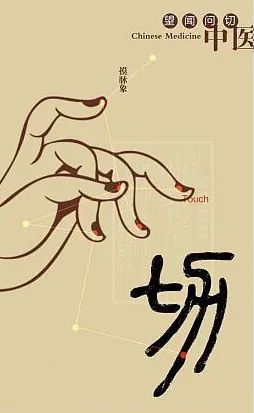
Palpation refers to contact diagnosis. Palpation includes the well-known pulse diagnosis, which is the “checking the pulse” mentioned at the beginning, as well as pressing on the affected areas for diagnosis.
Palpation involves the doctor using their fingers or palms to touch, feel, press, and apply pressure to certain areas of the patient to understand the condition and diagnose diseases. As one of the Four Diagnostic Methods of TCM, palpation plays a very important role in obtaining health and disease information from the patient and gathering important data for syndrome differentiation. Palpation includes pressing diagnosis and pulse diagnosis.
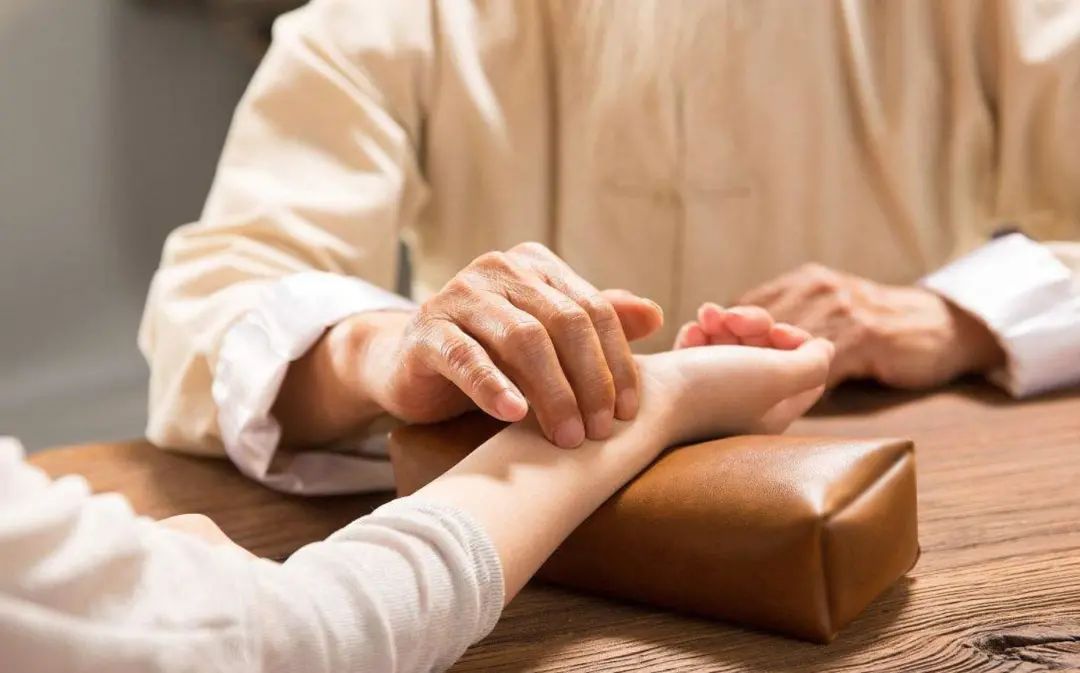
In TCM, the pulse is considered the vessel of blood, and the qi and blood of the five organs must circulate through the blood vessels throughout the body. When the body is stimulated by internal and external factors, it inevitably affects the circulation of qi and blood, leading to changes in the pulse. Based on this, the doctor uses their fingers to palpate certain superficial arteries of the patient to feel the pulse and understand the body’s condition.
There are many historical methods for pulse diagnosis, with the three most widely used being the Three Regions and Nine Pulses method, the Three Regions method, and the Cun-Kou method. Currently, the most commonly used in clinical practice is the third method. Pulse diagnosis has been emphasized by many generations of TCM practitioners in long-term medical practice, and its theory and application have been continuously developed and improved, forming one of the most distinctive diagnostic methods in TCM.
Pressing diagnosis refers to the doctor using their hands to examine the patient to determine whether the affected area is cold or hot, moist or dry, soft or hard, and whether there is tenderness, swelling, or other abnormal changes, thus inferring the location, nature, and severity of the disease.
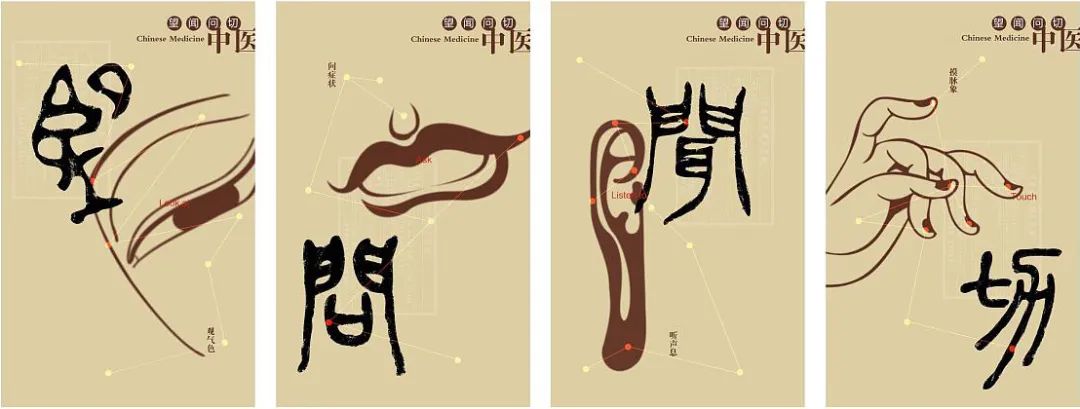
Observation, listening, inquiry, and palpation encapsulate the essence of thousands of years of Chinese medicine. They are the four methods by which TCM understands diseases, each with its unique role and cannot replace one another. Diseases are a complex process, and their clinical manifestations can vary in many aspects. If only a single diagnostic method is used, it will inevitably lead to incomplete syndrome differentiation information, which in turn affects treatment decisions.
· E N D ·
Every Saturday, there is a 20% discount on outpatient medical examinations.
CT projects, radiology projects, color ultrasound projects, electrocardiograms, dynamic electrocardiograms, laboratory tests, electronic gastroscopy, electronic colonoscopy, Helicobacter pylori testing, bone density, infrared thermography, rigid nasopharyngoscopy, ear fiber endoscopy, and fiber laryngoscopy.
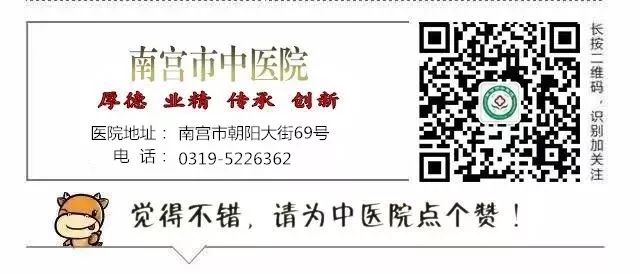
Reprinted from the 2030 Health Platform

